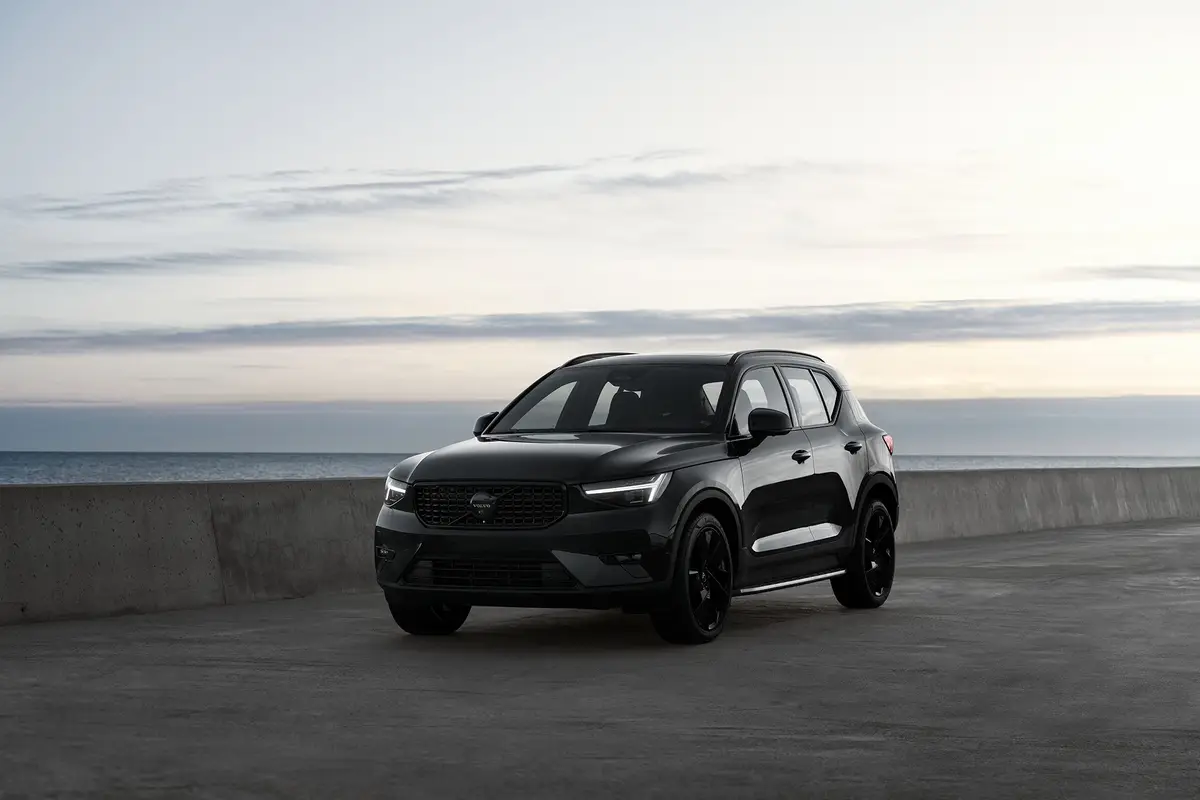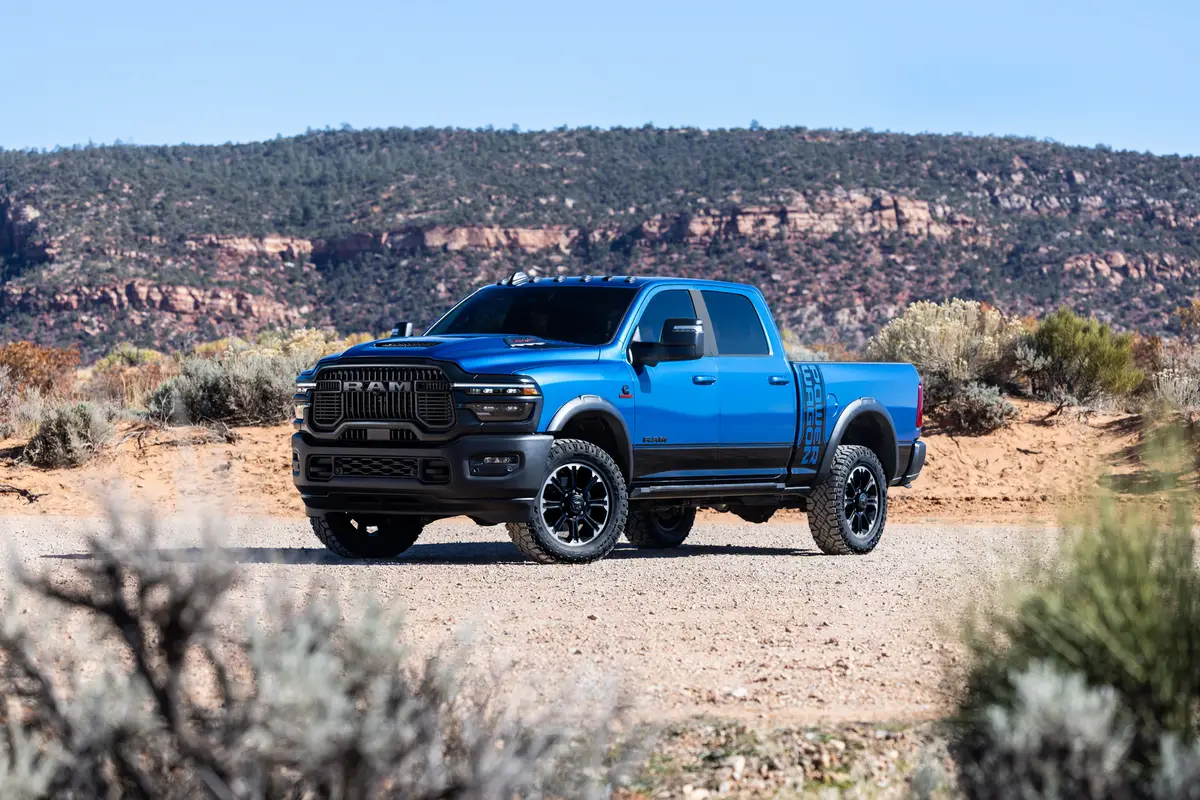KansasCity.com's view
The Pontiac Aztek’s styling is not for everyone. Intentionally so.
“It’s OK if this vehicle doesn’t appeal to everybody,” said Sharon Yambrick-Cousins, assistant Pontiac brand manager, when the vehicle was introduced to automotive writers last spring. One of the design goals was to make a dramatic statement, and it does. The front reminds me of a Transformer toy that changes from a vehicle to a robot. Large panels of plastic molding are used on the side to protect against dings and to break up the visual expanse of each door.
The fastback shape means the rear three-quarter vision is compromised, and the two-piece rear window is not the easiest to see out of. Minivan drivers will feel at home at having to rely on outside mirrors for rear and side vision, but newcomers may feel a bit claustrophobic.
Styling is a subjective thing, and Pontiac is betting that the Aztek will win over a segment of buyers who want the vehicular equivalent of a Swiss Army knife. Not quite an SUV, and not quite a minivan, the Aztek is a lifestyle vehicle that can adapt and change to suit the occasion. Function trumps form. If mountain biking, backpacking or rock climbing is your passion, Aztek was designed for you.
If you aren’t into extreme sports but still want a vehicle that is flexible enough to suit the varied needs of family life, Aztek has seats that can be flipped, folded and configured to meet a wide variety of situations. The center console is an insulated, removable cooler big enough to hold a dozen soda cans. Small, removable bags that fit into the front door pockets can be slung over the shoulder like a small day pack. A multifunction cargo net fits in the cargo hold to keep gear from flying around loose.
Prices start at $21,995 for the base model and $24,995 for the more heavily equipped GT. I drove a GT with leather, sunroof and the trailer-towing package and its sticker was $27,695.
Anti-lock brakes are standard across the board, while traction control is standard on the GT and optional on the base model. Automatic load-leveling is also optional. The optional trailer towing package gives a capacity of 3,500 pounds.
Although technically a truck since it rides on a modified Montana chassis, Pontiac’s sport recreation vehicle looks like an SUV on steroids. It is initially available in front-wheel drive, but a four-wheel-drive system, called Versatrak, will be offered soon. This system is supplied by Steyr-Daimler-Puch of Austria. Look for Versatrak to eventually make its way into other GM products, such as the Pontiac Montana minivan.
Powering the front wheels is the same 3.4-liter, 185-horsepower V6 that is used in the Montana van. Performance is on par with the Montana. The engine is not the quietest, but it goes about its work with yeoman service. A full load of people and gear would slow acceleration, I’m sure.
The EPA rates fuel mileage at 19 city and 26 highway.
On the move, the Aztek feels slightly smaller and more nimble than a long-wheelbase minivan. The ride is a bit choppy, and there is a fair amount of road noise from the rear cargo section when empty.
The front seats are buckets while a 50/50, split-folding bench seat is offered in back. The split-folding seats are lightweight and can be easily removed.
The instrument panel is flat with a textured, rubberlike surface that looks industrial. The speedometer and tachometer are large, analog dials surrounded with molding that simulates exposed screw heads like a diver’s watch. A head-up display is optional.
The back seat and cargo area can haul three kids, two bicycles or a handful of 4- by 8-foot sheets of plywood. Removing the back seat creates 93.5 cubic feet of cargo space. The tailgate is a two-piece unit. The top hinges up and the bottom folds out so it can be used as a seat. It even has small seatlike indentations molded into the surface for tailgating. The Pioneer premim ound syste s a tailgater’s delight because it has a pair of speakers mounted to project out the back when the hatch is open. It even has separate audio controls in back. In the GT, rear-seat passengers can listen with headphones to separate music.
Two optional cargo storage systems are available. One is a two-compartment, pull-out plastic cargo tray that can support up to 400 pounds. One side can hold upright grocery bags while the other side is good for tucking away gear. It has grab handles and small wheels so it rolls easily when you want to take it out.
The other system consists of two large cross-vehicle nets capable of restraining up to 100 pounds per net. Combined with floor anchor hooks, they can be configured in 22 different ways.
Various accessory packages are available through GM Accessories. One, for camping, is a tent that fits over the raised tailgate and the rear half of the vehicle. A mattress big enough for two fits inside.
Another option includes rubber, all-weather floor mats, waterproof seat covers and either indoor or outdoor bike racks. Hikers can get a lightweight backpack that fits over the back of the front seats when not in use.
Pontiac wanted a bold vehicle, and the Aztek is it. How well it resonates with buyers remains to be seen, but I respect its willingness to try something different and step outside the norm.
Price: The base price of the GT I drove was $24,445. Options included traction control, power driver’s seat, leather upholstery, trailer package, AM/FM/CD player with six-disc changer and the OnStar communications system. The sticker price was $27,695.
Warranty: Three years or 36,000 miles.
Point: I love the Aztek’s functionality and the way the interior can be configured to suit a wide variety of uses.
Counterpoint: The styling is something you either like or dislike, and I’m not wild about it. I would firm up the ride a bit and give the engine a bit more power.
SPECIFICATIONS:
Engine: 3.4-liter V6
Transmission: Automatic
Front-wheel drive
Wheelbase: 108.3 inches
Curb weight: 3,778 lbs.
Base price: $24,445
As driven: $27,695
Mpg rating: 19 city, 26 hwy.
Latest news



